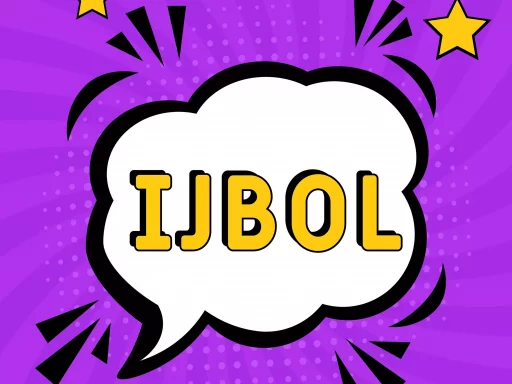Introduction to Swipe Text
In today’s fast-paced digital world, communication is evolving rapidly. One of the most innovative methods of texting has emerged as ‘swipe text’—a method that allows users to input text by swiping their fingers across the keyboard instead of tapping each letter separately. This technology not only makes typing faster but also adds convenience to messaging, especially on mobile devices.
How Swipe Text Works
The swipe text feature utilizes predictive text algorithms that anticipate a user’s intention based on the swiping gesture. By gliding your finger over the keyboard from one letter to another, the system detects the path taken and translates it into words.
- Gesture Recognition: Swipe text relies on gesture recognition technology to track finger movements and convert them into text.
- Predictive Text: It uses sophisticated algorithms to predict the intended word based on the path traced.
- Auto-correction: Swipe text often includes auto-correct features to enhance accuracy.
Benefits of Swipe Text
- Speed: Users can type much more quickly as there is no need to individually tap each key.
- Convenience: It’s easier to keep one’s eyes on the screen instead of looking down at the keyboard.
- Reduced Errors: The predictive nature of swipe text helps in reducing typos and other errors.
Statistics on Swipe Text Usage
According to a survey by Statista, over 40% of smartphone users employ swipe text functionality, showcasing its increasing popularity. Additionally, a study revealed that users could type up to 30% faster with swipe text compared to traditional tapping.
Examples of Swipe Text Applications
Several popular applications and platforms have integrated swipe text functionality:
- Gboard: Google’s keyboard app supports swipe text and includes emoji predictions.
- SwiftKey: A highly popular keyboard app that adapts to user habits for improved predictions.
- Apple’s iOS Keyboard: The native keyboard on iPhones offers a swipe-to-type feature called QuickPath.
Case Studies: The Impact of Swipe Text on Communication
Several case studies illustrate the impact of swipe text on user experience and productivity:
- Case Study 1: SwiftKey’s User Engagement
In 2020, SwiftKey reported a 50% increase in user engagement since introducing swipe text. Users found the feature not only sped up communication but also made typing more enjoyable. - Case Study 2: Enhanced Social Media Interaction
A marketing firm studied how swipe text affects social media interactions. The findings indicated that brands using swipe text were able to engage more users due to faster response times.
Critics and Limitations of Swipe Text
Despite its advantages, swipe text also faces criticism and limitations:
- Learning Curve: New users may initially struggle to adapt to swipe gestures.
- Accuracy Issues: Swipe text may sometimes misinterpret gestures, leading to incorrect word suggestions.
- Dependency on Context: Predictive accuracy can diminish if the software does not grasp the context of the conversation.
Conclusion
Swipe text represents a significant advancement in how we communicate digitally. With its growing popularity, it not only enhances typing speed and efficiency but also reflects our changing preferences in technology. As more users adopt the swipe text method, it is likely we will continue to see innovations that improve and streamline the texting experience even further.






